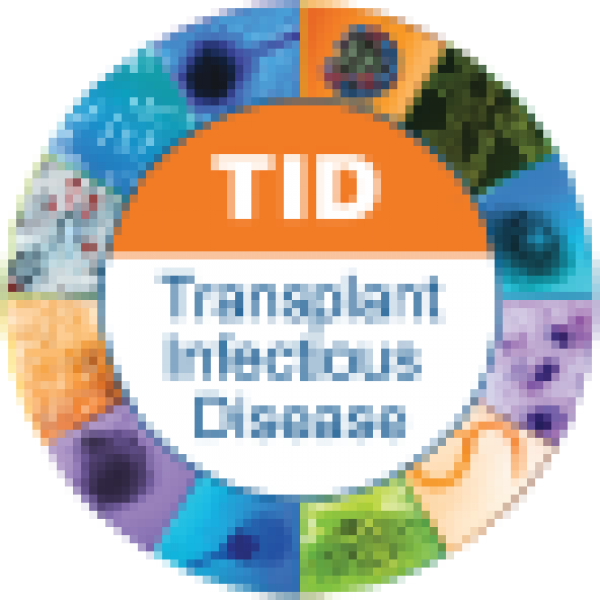2016 - TID Conference
This page contains exclusive content for the member of the following sections: TTS, TID. Log in to view.
Session 2 : Early Transplant Complications - The First 30 Days
2.0 - Hepatitis B Prevention and Management
Presenter: Marina, Berenguer, Valencia, Spain
Authors:
Prior to the early 90s, and in the absence of any prophylaxis, survival for HBV was significantly lower than that achieved by other indications, and this was caused by HBV recurrence occuring in greater than 80% of cases. For this reason, HBV disease was considered a contraindication for liver transplantation in many centers. In only ten years, hepatitis B has become a universally accepted indication with results similar to or even better than those obtained by patients transplanted for other indications. The first major advance was the introduction of hepatitis B immunoglobulins (HBIg) prophylaxis with an average risk decreased of HBV recurrence from 75% to 30%. More recently, the results have further improved, with the introduction of oral antivirals, such that the combination of HBIg with antivirals, has further reduced the rate of HBV recurrence to less than 10%. Despite the fact that current schedules of HBV prophylaxis are very effective, several strategies are being attempted to maximize the cost-benefit, particularly approaches to reduce and/or discontinue HBIG, considered a costly and cumbersome product.
Important Disclaimer
By viewing the material on this site you understand and accept that:
- The opinions and statements expressed on this site reflect the views of the author or authors and do not necessarily reflect those of The Transplantation Society and/or its Sections.
- The hosting of material on The Transplantation Society site does not signify endorsement of this material by The Transplantation Society and/or its Sections.
- The material is solely for educational purposes for qualified health care professionals.
- The Transplantation Society and/or its Sections are not liable for any decision made or action taken based on the information contained in the material on this site.
- The information cannot be used as a substitute for professional care.
- The information does not represent a standard of care.
- No physician-patient relationship is being established.
Contact
Address
Transplant Infectious Disease
c/o The Transplantation Society
740 Notre-Dame Ouest
Suite 1245
Montréal, QC, H3C 3X6
Canada


